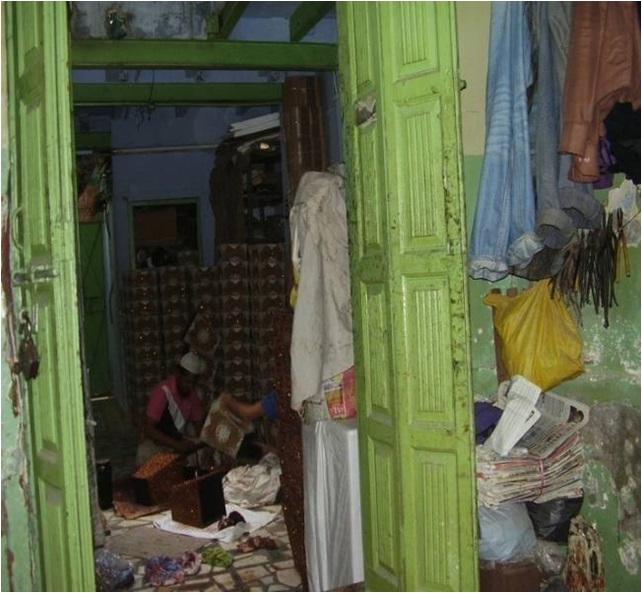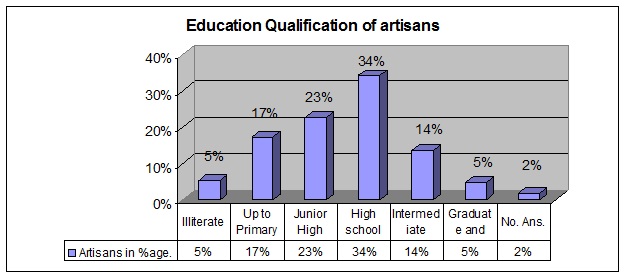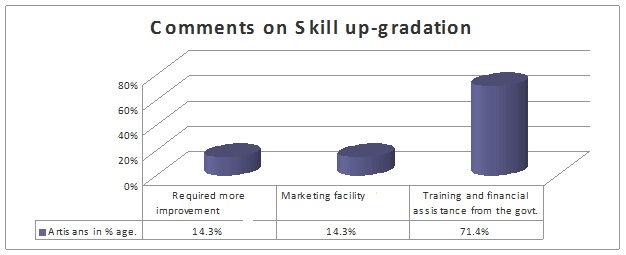Last week we shared some research with you on the Artificial Jewellery Market and lives of artisans in Jaipur. As a part of that same project we also worked with artisans in Delhi.

Artisans in Delhi
In Delhi we interviewed 268 artisans. We were in areas including Dariyaganj, Patparganj, Loni, Kashmiri Gate, Delhi Haat, Shastri Nagar, Keshav Puram, Govind Puri, Jama Masjid, Karol Bagh, Paharganj, Lakshmi Nagar and Vivek Vihar to meet up with imitation jewellery artisans. Our initial approach was to find these artists with the help of the database from the Ministry of Textiles and Handicrafts, but we realised the data there was not updated and in fact many artisans told us they had left the profession 20 years ago! Even then, we felt that artisans’ data and research process was more organized in Delhi compared to Jaipur.

Imitation and artificial jewellery artists in Delhi were more market oriented and better networked. More individual women were artisans in Delhi. And similar products were about 10% cheaper than in Jaipur. The designs were not traditional but youthful and fashion oriented. While different types of products were being manufactured with differing raw materials, in Delhi we even saw usage of some harmful metals like Nickel. 40% artisans in Delhi did not have any quality control or standardization in their products.
In terms of education about 34% were atleast matriculate. Ironically, even though Delhi is a bigger city, about 72% artisans reported occupation related health issues and over 80% were wanting suggestions for preventive measures. These included for instance need for regular eye checkups. This even though compared to Jaipur on an average in Delhi (74%) artisans reported they were working 8 hours (in Jaipur it was close to 12)

50% artisans also talked about needing governmental financial support and trainings for skills updation and even suggested a quota (10%) that the government could buy from them, to help them sustain. They also suggested provisions like micro-credits, regular fairs for selling and promotion and marketing opportunities that the government could help with.

As you’ll probably notice from the photographs the living quarters were not very sustainable. But what we’ve realised in this process is that if we’re able to generate help in terms of marketing, skills and credit facilities for the artisans, many of the problems will end up solving themselves. It doesn’t matter if this help comes from the government or private bodies/ individuals, the moot point is, in the present state we are pushing these artists into exclusion- and that needs to change!